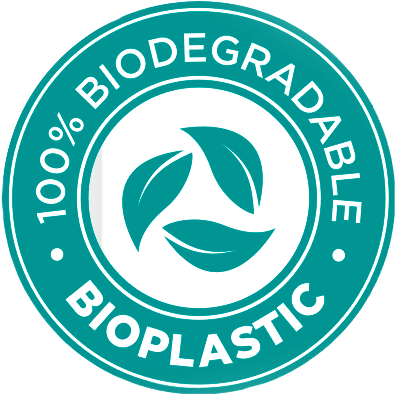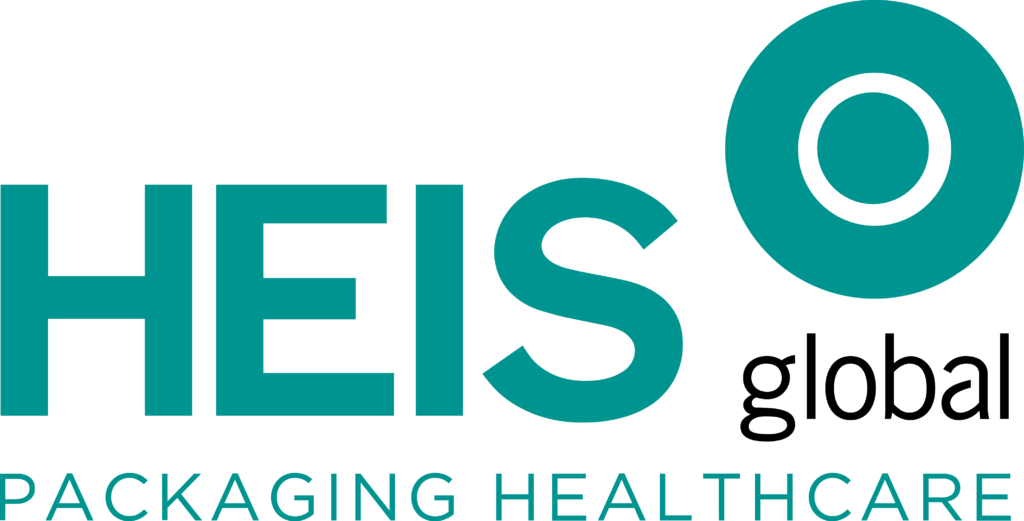



The main limitation in the use of the BIOdegradable material is that it cannot be used for hot filling (above 55ºC).
However, at HEIS we have developed an innovative alternative solution for the market. If your product needs to be hot-filled, please feel free to contact us and we will inform you about the possibilities.

HEIS biodegradable & compostable material is obtained from sugar.
Therefore it is a vegetal-origin, renewable-source material.
Sugar raw material is coming only from excess sugar capacity in
developing countries in south-east Asia, helping farmers in rural areas
with more stable sugar prices.

During the manufacturing of the final product, the carbon footprint
(CO2) of the biodegradable & compostable bottles and jars, is
approximately 75% lower than the carbon footprint of conventional
plastic bottles and 90% of glass bottles carbon footprint.
Therefore,
improving considerably the other alternatives existing in the market.

Yes, we have all the necessary certificates and tests for use in food, nutritional and pharmaceutical applications.
Our packaging can be found in countries with strict regulations such as Germany, UK or France. If you have any questions, do not hesitate to contact us.

More and more customers who offer a BIO, vegan and/or ecological product have found in our 100% BIOdegradable packaging the packaging they have been looking for for a long time.
Do not hesitate to contact us to ask your questions, request more information or request samples. We will be happy to explain in more detail our 100% BIOdegradable and compostable packaging.

For HEIS containers to biodegrade, 3 elements are necessary:
 High temperatures
High temperatures
 Humidity
Humidity
 Presence of microorganisms
Presence of microorganisms
The absence of one of these factors slows down the rate of decomposition, but does not stop it completely (as long as the temperature is above 0°C).
However, this combination of elements necessary for biodegradation to occur is ideal for us to use our packaging material while respecting the environment at the end of the packaging's useful life.
The packaging will take years to decompose on a shelf or in a warehouse, giving us similar shelf lives to conventional plastics. However, if at the end of its useful life it ends up in a field, landfill or in the sea, the decomposition reaction would be accelerated as the 3 elements necessary for the rapid biodecomposition of packaging (temperature + humidity + microorganisms) would be present in these environments.
After use of the packaging, the optimal treatment solution for HEIS BIOdegradable material is composting. In this case, 90% of the packaging mass will have biodegraded in 6 months or less (composting conditions are defined by UNE EN ISO 13432, US ASTM D6400 04).

For HEIS containers to biodegrade, 3 elements are necessary:
 High temperatures
High temperatures
 Humidity
Humidity
 Presence of microorganisms
Presence of microorganisms
The absence of one of these factors slows down the rate of decomposition, but does not stop it completely (as long as the temperature is above 0°C).
However, this combination of elements necessary for biodegradation to occur is ideal for us to use our packaging material while respecting the environment at the end of the packaging's useful life.
The packaging will take years to decompose on a shelf or in a warehouse, giving us similar shelf lives to conventional plastics. However, if at the end of its useful life it ends up in a field, landfill or in the sea, the decomposition reaction would be accelerated as the 3 elements necessary for the rapid biodecomposition of packaging (temperature + humidity + microorganisms) would be present in these environments.
After use of the packaging, the optimal treatment solution for HEIS BIOdegradable material is composting. In this case, 90% of the packaging mass will have biodegraded in 6 months or less (composting conditions are defined by UNE EN ISO 13432, US ASTM D6400 04).

